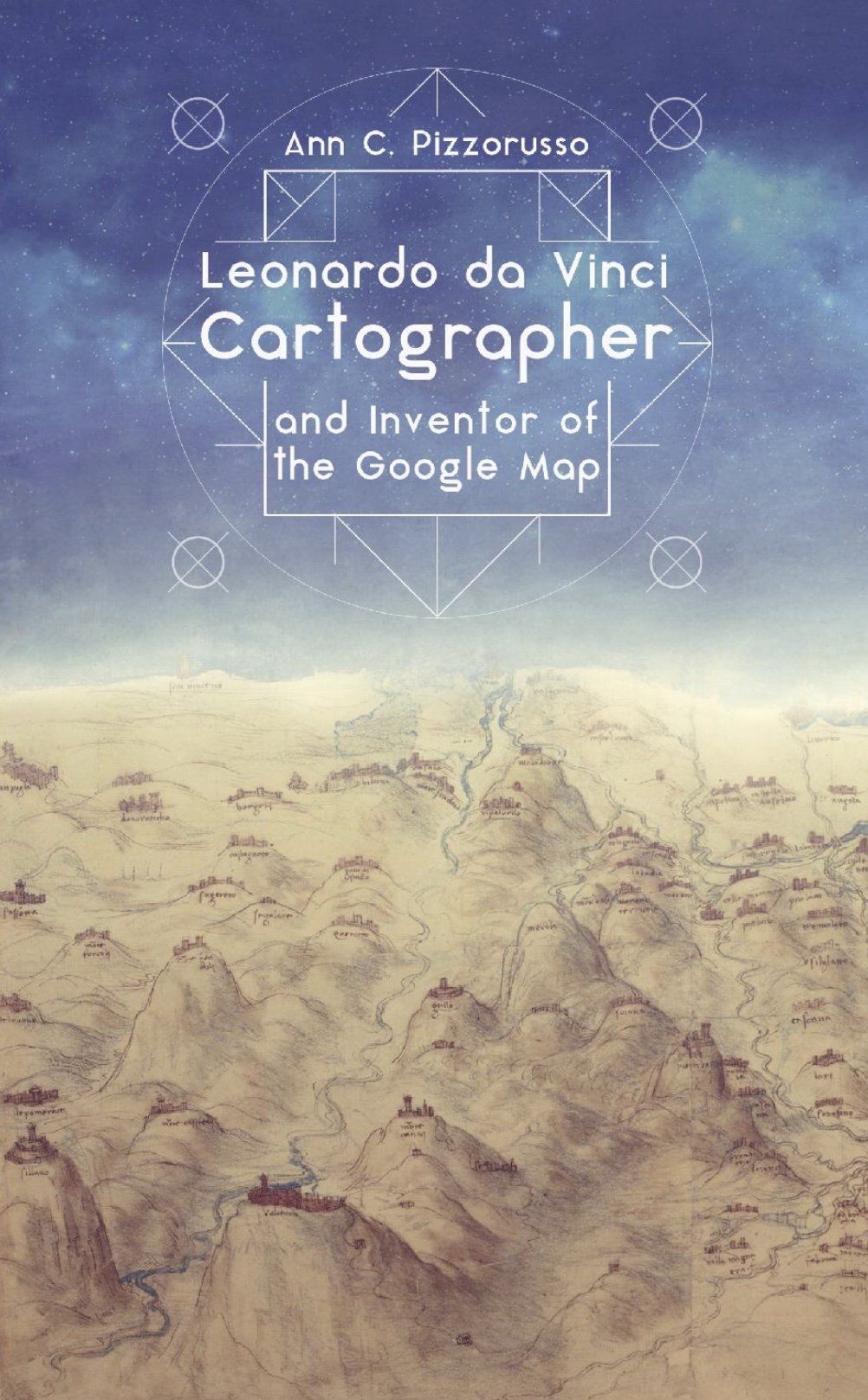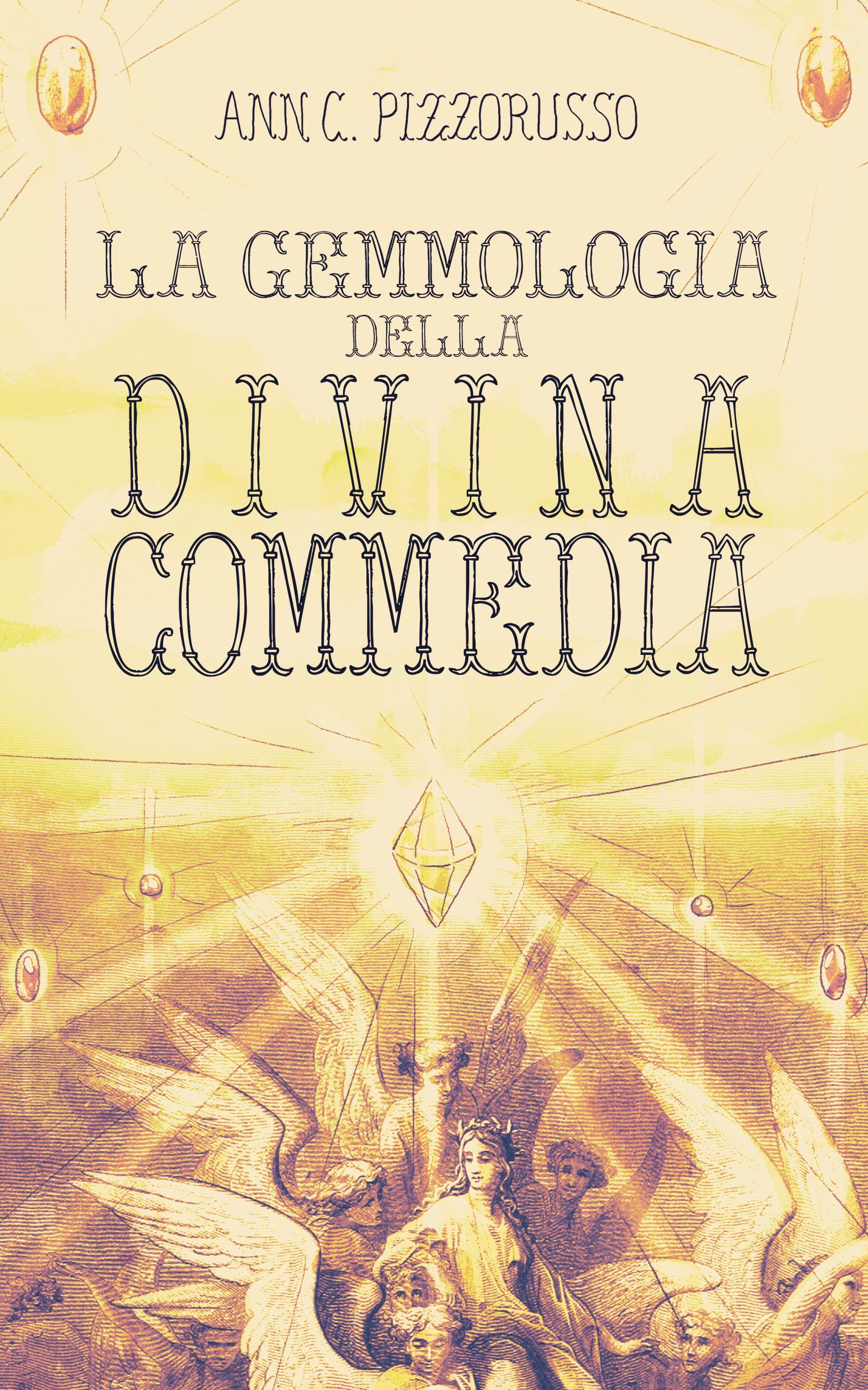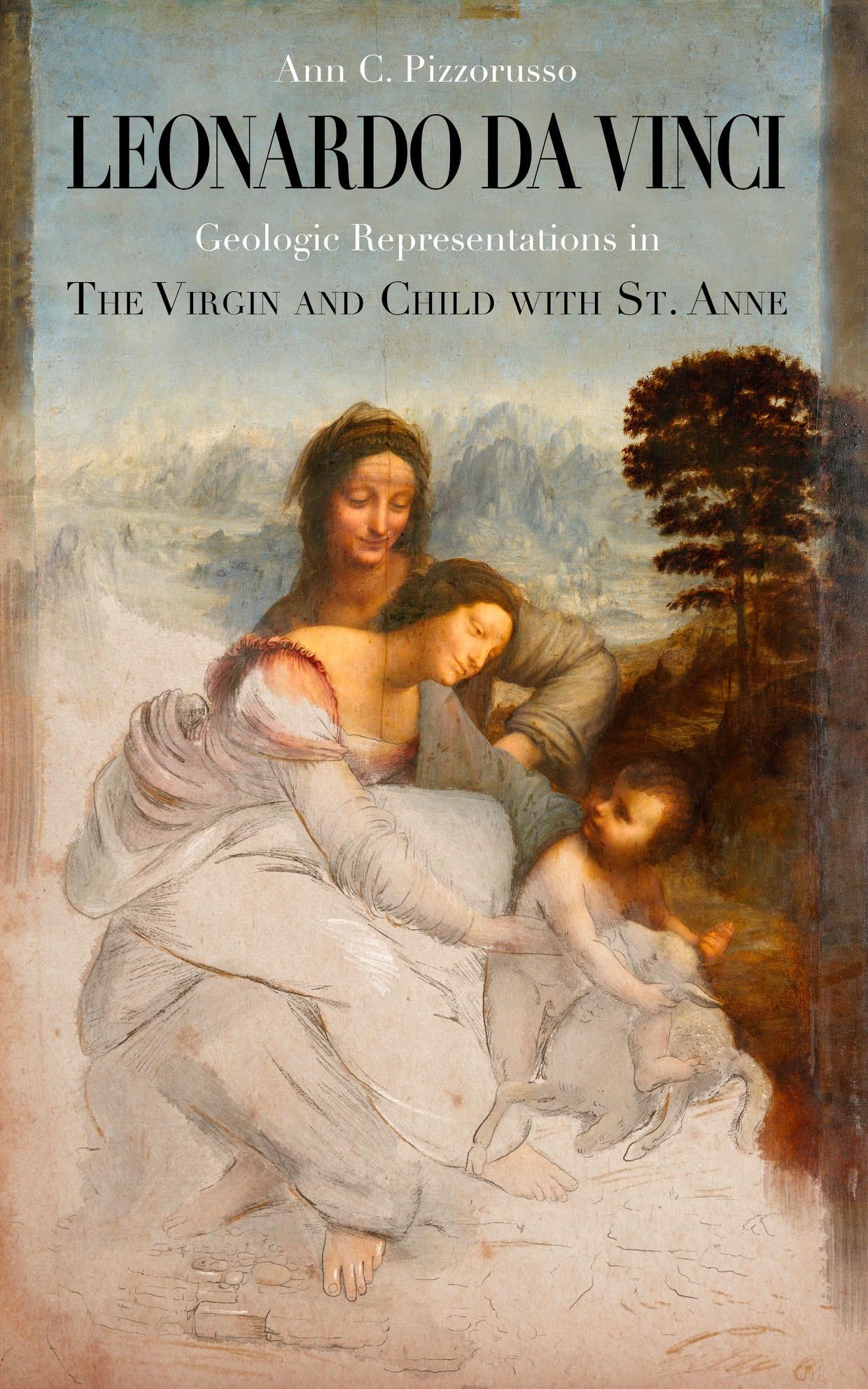The Gems of Dante's Divine Comedy
From a gemological point of view, the Divine Comedy is a veritable treasure trove: containing rubies, topazes, emeralds, sapphires, pearls and diamonds, as well as crystal, amber and glass. Most of the references to gems can be found in the Paradiso, the Canticle of Light, in which Dante makes abundant use of illumination on objects in the form of reflection, refraction and shadow to convey a variety of metaphors and concepts – pearls, the intellectual luster of the wise; rubies, souls of Christian warriors; diamonds, fortitude and steadfastness; and the sapphire, emblematic of the Virgin Mary, Queen of Heaven.
It is evident that Dante was well aware of the intrinsic physical characteristics of each gemstone and its astrological association as well as the spiritual, metaphysical, and medicinal attributes each was purported to possess. His working knowledge of light’s reflection, refraction and dispersion on specific gems is extraordinary as he combines the knowledge of a physicist with the words of a bard.
Using gemological passages from the Divine Comedy, the author will show how Dante used the physical attributes of each gem to describe the intrinsic characteristics of humans, souls, saints and finally to the divine – as portrayed by a brilliant, spotless diamond.e a few words about the purpose, inspiration or success of the project and let the images tell the rest of the story.
Reviews
This book was one of the top 7 gemological books of 2021 and 2022, arriving at #4 each year.









